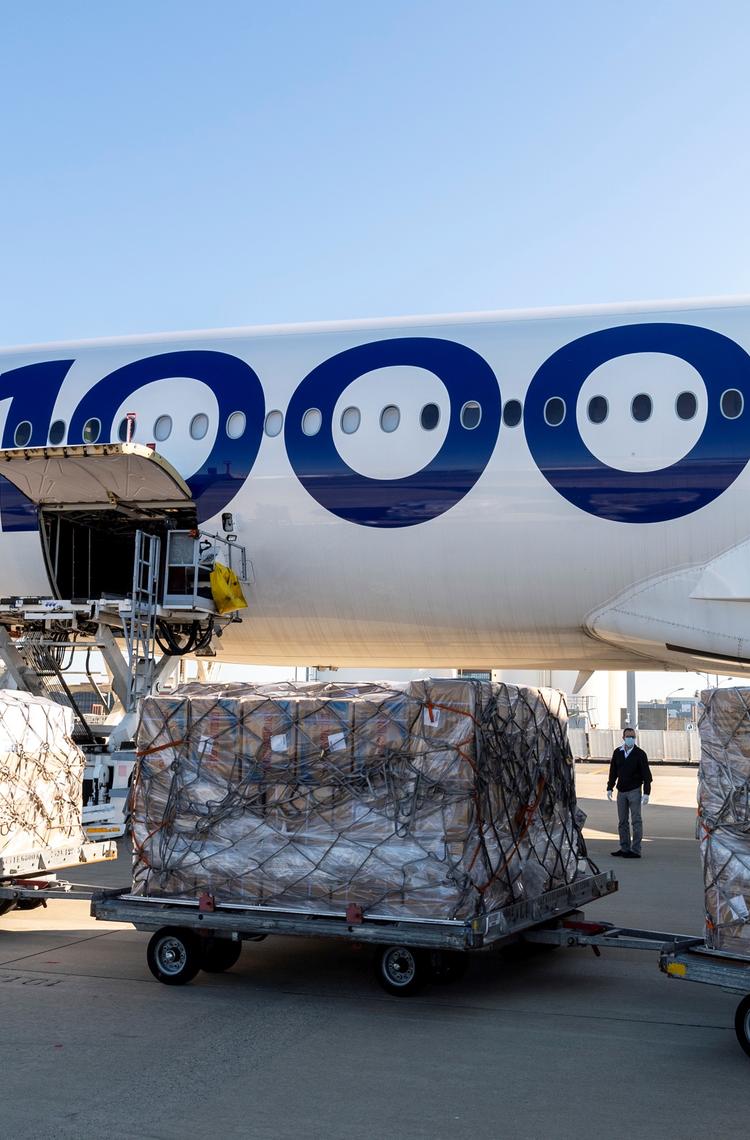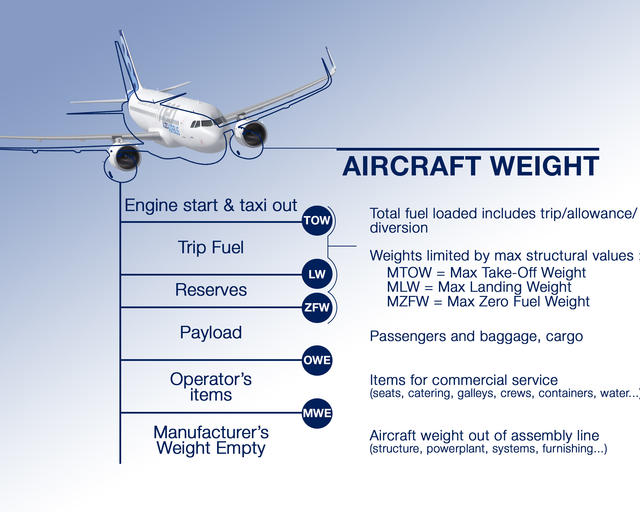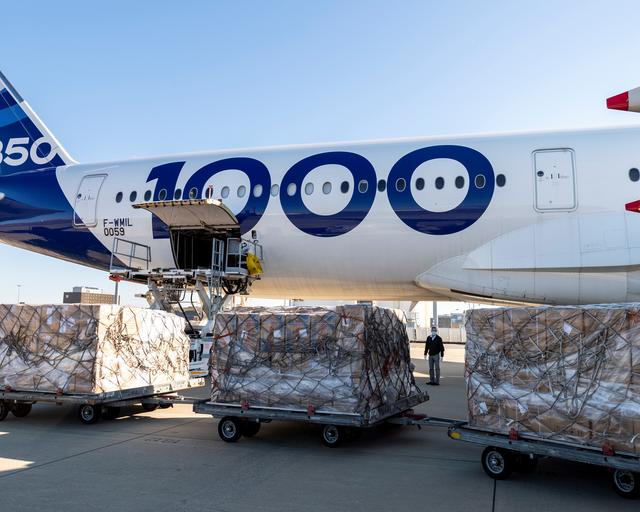Weight Variant
Boost your fleet strategy by optimising your payload range and by lowering airport and navigation fees when relevant.

What do you get?
Save on your airport and navigation charges
Did you know your airport and navigation charges may not be aligned with your current load factors?
All aircraft are delivered with Weight Variants that determine the payloads that a given aircraft can fly with.
A Weight Variant (WV) is defined by three design weights, which are computed based on aircraft strength and airworthiness requirements and that limit operational use of the aircraft:
- MTOW (Maximum Take-Off Weight) - the maximum weight at the start of the take-off
- MLW (Maximum Landing Weight) - the maximum weight for landing
- MZFW (Maximum Zero Fuel Weight) - the maximum weight before fuel is loaded
Our Weight Variant switching service can help you reduce cash out on airport and navigation charges.

Certified weight variants to operate in the most efficient way
The declared weights of an aircraft and its Weight Variant are key in determining the airport and navigation charges an airline will pay for a given route.
From an operational standpoint, higher design weights allow operators to increase the capabilities of the aircraft (payload and/or range).
However, ANSP (Air Navigation Services Providers) and airports charge fees to cover the use of their services, infrastructure and equipment on ground and all along the flight.

Switch weight variant and save on your airport and navigation charges
Airlines can easily change their aircraft’s weight variants to better match their current load factors and routes, and reduce their airport and navigation fees.
Airbus’ Single Weight Variant option is a ready-to-use solution to match with immediate needs and adapt your payload. It is ideal when the aircraft’s weight varies little between flights.
The Multiple Weight Variants (dual or more) option is a great alternative, with more flexibility over time and unlimited switches. You can adapt quickly and continuously with fast-evolving networks to address passenger and cargo demand in the best way.
Want to go further?
Support Document
You will find the current eligible Weight Variants options per programme in the document hereafter.
Legend
Weight variant legend
A320 Weight Variants
A320 Family Weight Variants
A330 Weight Variants
A330 Family Weight Variants
A350 Weight Variants
A350 Family Weight Variants
A380 Weight Variants
A380 Weight Variants
- Legend
- A320 Weight Variants
- A330 Weight Variants
- A350 Weight Variants
- A380 Weight Variants
